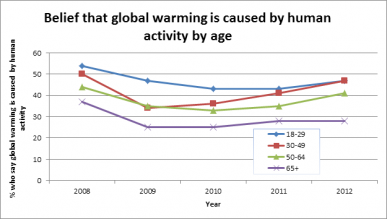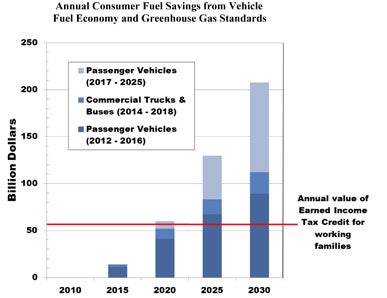In the first opportunity for the public to comment on EPA’s proposed Tier 3 standards, the message was clear – people want cleaner air.
Tier 3 is the term the U.S. Environmental Protection Agency (EPA) is using for its proposed national vehicle emissions and fuel standards. They are designed to reduce the soot, smog and other types of dangerous pollution that come from the tailpipes of our cars and trucks.
You can find extensive details about the Tier 3 standards in my most recent post.
Yesterday, EPA held the first of two public hearings on Tier 3 in Philadelphia.
My colleague, Caroline Paulsen was there to add her voice in support of the proposed standards. Here’s her eyewitness report:
It was an impressive turnout at the Sonesta hotel in Philadelphia, where EPA held the hearing, and most people in the large crowd were there to testify in favor of the proposed Tier 3 gasoline and vehicle standards.
It was a very busy day, with back-to-back five-minute testimonies starting at 10:00 a.m. During the five to six hours that I was there, only two people testified against the Tier 3 standards, so those are promising odds for us.
I was struck by the incredible range of people testifying in favor of Tier 3. Among the many people I noticed there were doctors and other health experts, business leaders, religious leaders, state government officials and moms – as well as environmentalists, of course. People were there representing General Motors, Chrysler, Honda, Mercedes Benz, the Auto Alliance and the Global Automakers. The American Lung Association and the American Thoracic Society were there, along with the Sierra Club, NRDC, and the Union of Concerned Scientists. The Consumers Union and the Blue Green Alliance were represented as well – all of them supporting the Tier 3 standards and the vast benefits we can expect from them.
I was especially impressed by the testimony I heard from a doctor at Thomas Jefferson University Hospital. Dr. Gary Emmett talked enthusiastically about the need to cut air pollution for the sake of the asthma patients he sees every day, and about how low-income and minority populations often suffer the most from air-pollution induced illnesses like asthma.
When it was my turn to testify, I talked about how the Tier 3 standards will prevent thousands of deaths each year, and will provide billions of dollars in public health benefits— all for about a penny a gallon.
I talked about how America’s passenger cars and trucks are the second largest source of the nitrogen oxides and volatile organic compounds that form ozone, better known as smog. Our cars and truck also emit more than half of all carbon monoxide, and contribute significantly to particulate matter pollution. The Tier 3 standards will allow us to make huge strides towards cleaning up that pollution.
I ended by saying that Environmental Defense Fund is proud to join the auto manufacturers, the auto workers, the emissions control technology industry, the health experts, the environmental organizations, the state and local air pollution control agencies, the consumer groups, and the public who all agree that cleaner passenger cars and trucks are an important step forward for a healthier and stronger America.
All in all, it was inspiring to be there representing EDF.
You can read Caroline’s full testimony here.
EPA will hold a second public hearing in Chicago next week. Check back for an update on that.
I’m happy that Caroline was in Philadelphia to voice EDF’s support of the proposal. And you can add your voice to the hundreds who are supporting cleaner cars and cleaner air. You don’t have to go to Chicago to testify in person — you can send an email to EPA instead. EDF’s web page is designed to make it easy for you to stand up for the Tier 3 standards.
So join us in support of this important proposal. Thank you.












